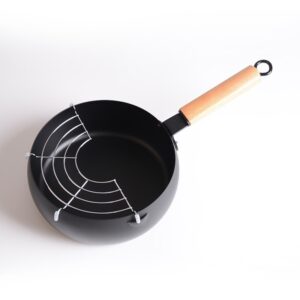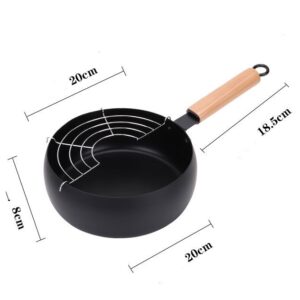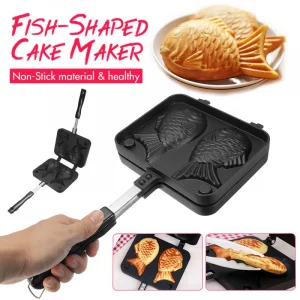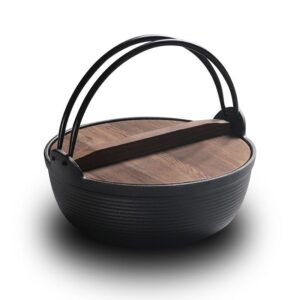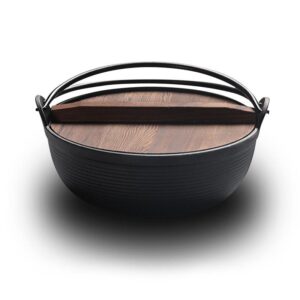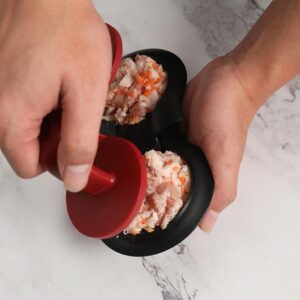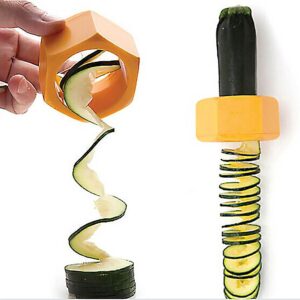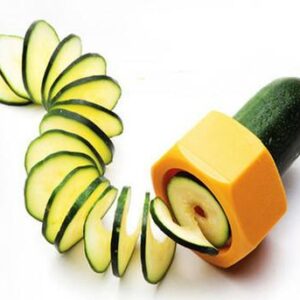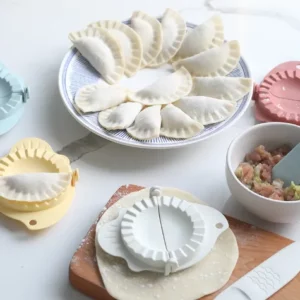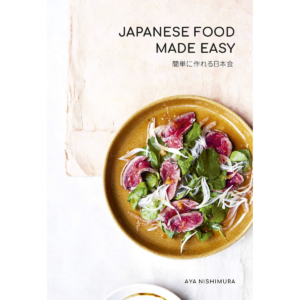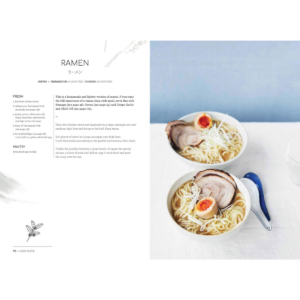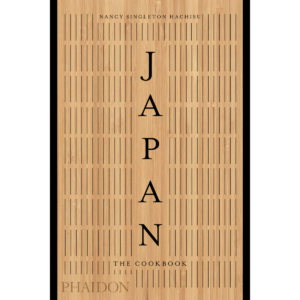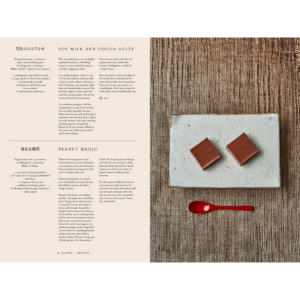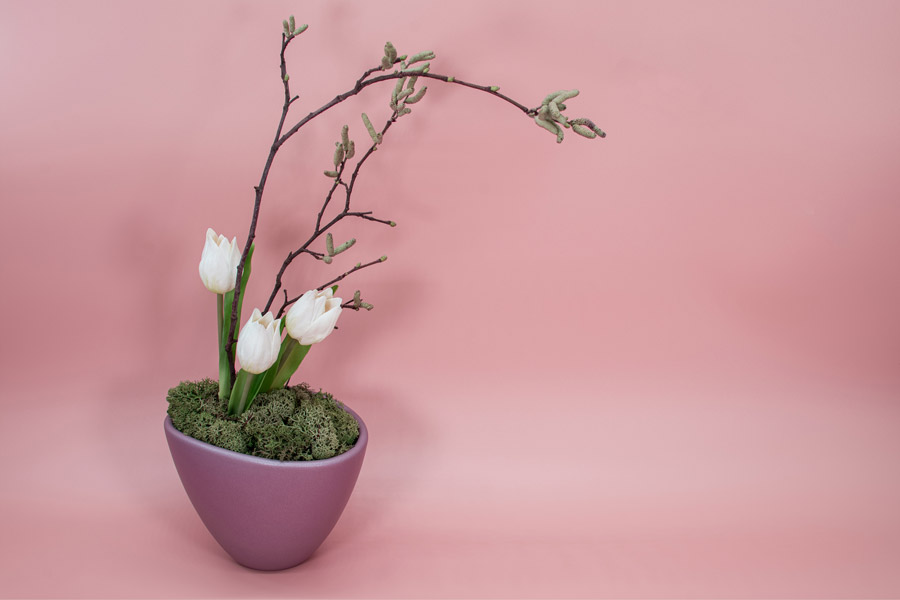As someone who loves Japanese culture, do you like Japanese food? If so, have you ever considered creating a functional Japanese kitchen?
Japanese cuisine is known for its simplicity, elegance, and incredible flavours, and having a kitchen that caters specifically to this cuisine can be both practical and enjoyable. In this blog post, we’ll discuss why Japanese cuisine is popular and provide tips on how to create a functional Japanese kitchen, complete with Japanese kitchen cabinet designs, utensils, and recipes.
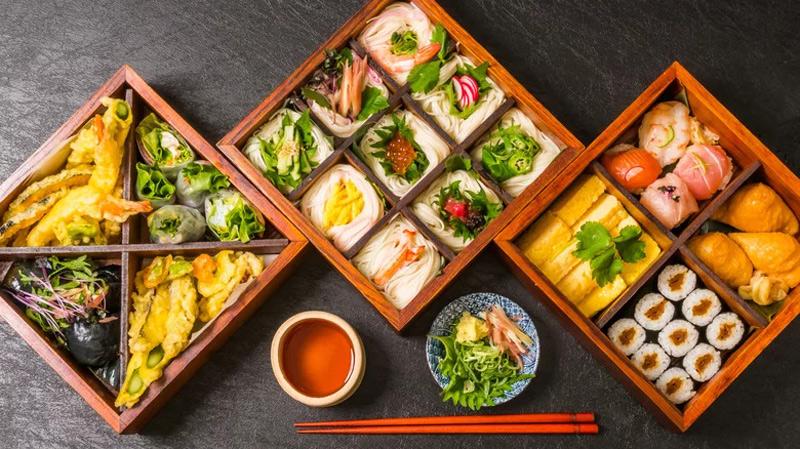
Japanese cuisine has taken the world by storm, and it’s not hard to see why. With its balance of flavours and emphasis on fresh ingredients, it’s a feast for the eyes and the taste buds. Fans of anime like Food Wars can appreciate the intricate artistry found in every dish.
So, what makes Japanese cuisine unique? The Japanese style of cooking is all about balance, harmony, and respect for the ingredients. The dishes are typically made with fresh, high-quality ingredients; the presentation is often as essential as the flavour. Additionally, Japanese cuisine incorporates various cooking techniques, such as grilling, simmering, and steaming, which can create a delightful dining experience.
The key to Japanese cuisine’s allure lies in its simplicity and seasonality. Using a minimal number of high-quality ingredients, each dish highlights the natural tastes of its components. Whether you fell in love with the beauty of Japanese food through its portrayal in anime or are simply a food enthusiast, there’s no denying the charm of Japanese cuisine. We haven’t even discussed how cute Japanese bento box meals can be; just check Kaguya-Sama: Love is War.
Another reason why Japanese cuisine is popular worldwide is due to its health benefits. Many Japanese dishes are rich in nutrients and low in calories, thanks to fresh vegetables, lean proteins, and simple seasonings. Moreover, emphasising portion control and mindful eating contribute to a healthy lifestyle.
Designing Your Functional Japanese Kitchen

Now that we’ve touched on the appeal of Japanese cuisine, let’s dive into creating a functional Japanese kitchen. One of the first things to consider is the design of your Japanese kitchen cabinet. A well-designed cabinet provides ample storage space and contributes to the Japanese kitchen aesthetic.
If you’re a fan of Japanese cooking, creating a functional Japanese kitchen is a vital step to mastering these delicious recipes. Start by organising your space and adding essential appliances, like a rice cooker and a Japanese-style grill, to get those slow-roasted yakitori skewers. It’s crucial to have proper storage for your Japanese ingredients.
A well-organized pantry will easily find items like soy sauce, miso paste, and kombu. Incorporate functional yet stylish design elements, such as a minimalist aesthetic and open shelving. This will create a serene atmosphere reminiscent of your favourite anime, like Miyazaki’s My Neighbor Totoro, and help you channel your inner Japanese chef.
A traditional Japanese kitchen cabinet, or “Mizuya,” is made from natural and simple materials such as wood, bamboo, or lacquer. These cabinets often feature sliding doors and multiple compartments for storing kitchen items. You can opt for sleek, minimalist designs with clean lines and neutral colours for a modern contemporary twist. Integrating a combination of open shelving and closed cabinetry can provide functionality and visual appeal.
Essential Japanese Utensils

The function of kitchen utensils in a Japanese kitchen is to make food preparation efficient and enjoyable. You’ll need the right kitchen tools to create authentic Japanese dishes at home. These essential Japanese kitchen utensils will help you master the art of Japanese cooking, just like the talented chefs in your favourite anime shows.
Here is a list of essential Japanese utensils you should consider adding to your collection:
- Hocho: A Japanese knife that comes in various shapes and sizes for different purposes, such as slicing fish, cutting vegetables, or preparing sushi. Investing in high-quality knives is crucial for precise cutting and easy food preparation. This versatile knife is perfect for slicing, dicing, and chopping various ingredients. Get chopping and see the best Japanese kitchen knives in our thorough discussion here.
- Shamoji: A flat rice paddle for mixing and serving rice. It is an essential tool for preparing and serving rice, a staple in Japanese cuisine and the heart of many of its cuisine’s favourites. A shamoji is indispensable when making sushi or onigiri.
- Bamboo sushi mat (makisu): Roll perfect sushi with this unique-looking mat that creates the ideal Japanese maki. If there’s one staple of Japanese cuisine that anyone worldwide would recognise, it’s the small-bite-sized rice balls with different Japanese fillings, sushi.
- Oroshigane: A Japanese grater traditionally made from sharkskin, but nowadays, stainless steel versions are more common. It grates Japanese kitchen ingredients like daikon radish, ginger, or wasabi.
- Suribachi and Surikogi: A mortar and pestle set used for grinding and crushing ingredients like sesame seeds, spices, and herbs. The textured surface of the Suribachi ensures efficient grinding.
- Chopsticks (hashi): Chopsticks are essential to Japanese dining culture, and having a few sets in your kitchen is necessary. Dine at any Japanese restaurant, and you will find a few sets on the table for your friends or family.

Now that you have a functional Japanese kitchen created with Japanese ideologies and kitchen utensils, it’s time to get cooking! One of the most popular aspects of Japanese cuisine is sushi, which showcases the delicate flavours of raw fish and perfectly seasoned rice. But the appeal goes beyond sushi, with dishes like ramen, tempura, and okonomiyaki satisfying even the most discerning palates.
You’ll need some Japanese kitchen recipes to truly enjoy your new kitchen. Here are a few popular dishes that you can make at home:
Miso Soup: This classic Japanese soup features a flavorful broth made from miso paste, dashi, and various ingredients like tofu, seaweed, and green onions. It’s usually served as an appetiser to many Japanese main courses and a staple of Japanese cuisine.
Sushi: Channel your inner Jiro from “Jiro Dreams of Sushi” and try making sushi at home. Start with simple rolls like California rolls or cucumber rolls before moving on to more intricate creations like nigiri or sashimi. Follow our series featuring Chef Andy Matsuda, a master chef renowned across Japan, where we learn the step-by-step process of making the perfect sushi.
Ramen: Embrace your inner Naruto and create a delicious bowl of ramen with your choice of broth, noodles, and toppings. Make tonkotsu, shoyu, or miso-based ramen to suit your taste buds. If you’re feeling more adventurous and want that extra kick, check out how to make a spicy and silky Tsukemen ramen.
Tempura: This deep-fried dish features vegetables or seafood coated in a light, crispy batter. To add a sweetness that complements it perfectly, serve with tentsuyu, a dipping sauce made from soy sauce, mirin, and dashi. It’s the Japanese answer to traditional fried chicken, with a fresh, umami bite.
Experiencing Japanese Food and Culture
In conclusion, creating a functional Japanese kitchen is an exciting and rewarding endeavour for culinary enthusiasts who love everything Japanese. By incorporating essential Japanese kitchen utensils, organising your space with a minimalist aesthetic, and stocking your pantry with authentic Japanese ingredients, you’ll be well on your way to mastering the art of Japanese cooking.
By carefully selecting kitchen cabinet designs, essential utensils, and recipes, you can enjoy Japanese cuisine’s unique flavours and health benefits in the comfort of your home.
Just like your favourite anime characters, you, too, can embrace the simplicity and elegance of Japanese cuisine. So, get inspired and transform your kitchen into a haven for Japanese culinary delights today!








































